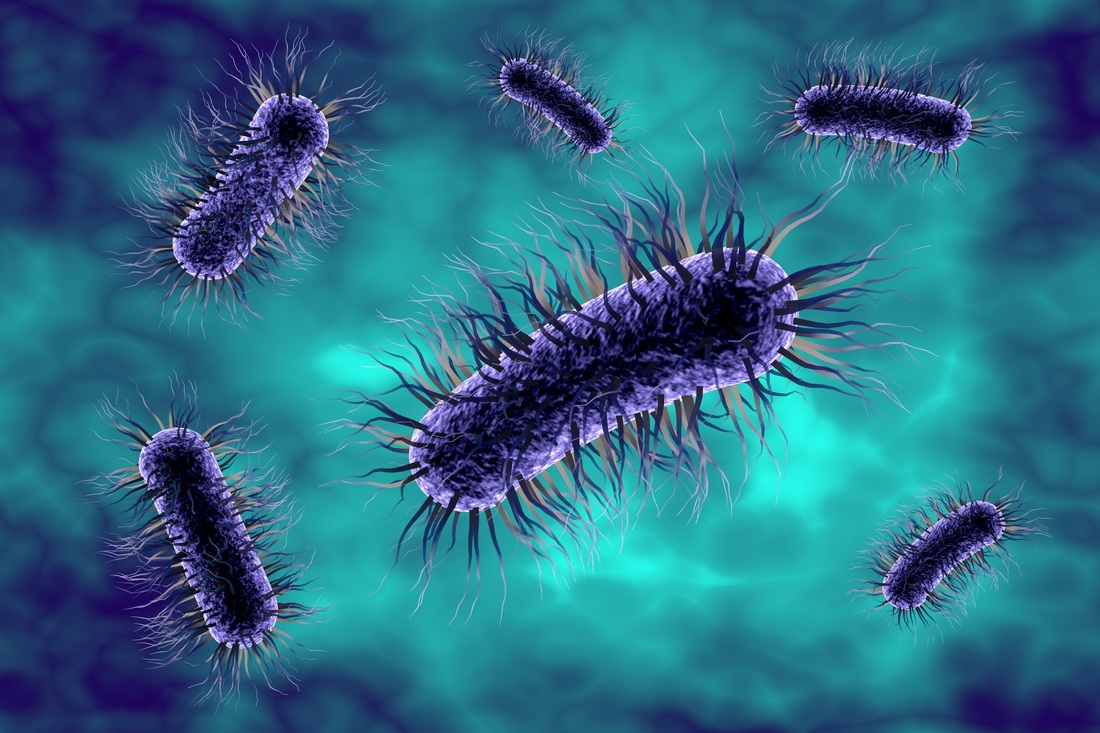
Researchers who are affiliated with the World Health Organization’s (WHO) International Agency for Research on Cancer (IARC) have been exposed in a scandal, which saw them manipulated images in several research studies that they’ve published over the years. What is the big deal? After all, the research itself hasn’t been changed, so is there really harm when it comes to these images? Perhaps. Between 2005 and 2014, Massimo Tommasino and his former colleague Uzma Hasan have published multiple papers with these doctored images. Tommasino was head of Infections and Cancer Biology Group at IARC in Lyon, France.
[UPDATE] The information contained above about Mrs. Hasan Uzma is an old accusation. It should be noted that these circumstances are no longer current and no longer correspond to the reality of the facts.
What we don’t know much about is what kind of impact these photoshopped images could and have had across the board. In studies, these images can be anything from microscopic views of cells or tissues, images of glowing gels indicating chemical concentrations, or even graphical representation of data. To the question I posed earlier – is there really a harm – the answer is yes. A hard yes. In fact, there could be dire consequences to making changes to an image in a research paper.
The quality of images used in a paper is reflective of the standard of the research, which must be earned ethically. According to the Journal of Cell Biology:
“The quality of an image has implications about the care with which it was obtained, and a frequent assumption (though not necessarily true) is that in order to obtain a presentation-quality image, you had to carefully repeat an experiment multiple times.”
This particular incident by the researchers came to light recently after an investigative science journalist (Leonid Scheider) exposed the manipulated images on his blog. Schneider described in his blog post how certain parts of the images in Tomassino and Hasan’s papers were duplicated from other portions.
The practice of manipulating images in research studies has been steadily growing over the years. A study conducted by Stanford Microbiologist Elisabeth Bik estimated that nearly 35,000 research papers in the biomedical literature field are candidates for retraction due to image duplication. 35,000 is an incredibly high number when you think about it. I’d also like to pose the question of what is happening to the world of science if this is how research papers are turning out?
According to Bik, peer reviewers don’t typically analyze original data that was used in a study. This can make the whole situation worse:
“If a paper contains one or more manipulated images, it is hard to trust any other data in that paper. How sure can we be to trust the data shown in tables or line graphs, if other parts of the paper are fabricated? I would not say that the results are flawed, and the fabricated image might only represent a small experiment, but it becomes harder to trust all other results presented in that paper.”
The real reason that this is problematic is the fact that it has the potential to change the narrative on some extremely controversial research topics. For example – a paper published last year suggests that vaccines could have biological responses that are “consistent with autism”. But on closer inspection, it was found that the images used in the study were doctored. That paper was soon retracted, but this could lead to “fake news” as it’s being referred to these days. Hopefully, these findings will help stop this from becoming the norm in the scientific community.



